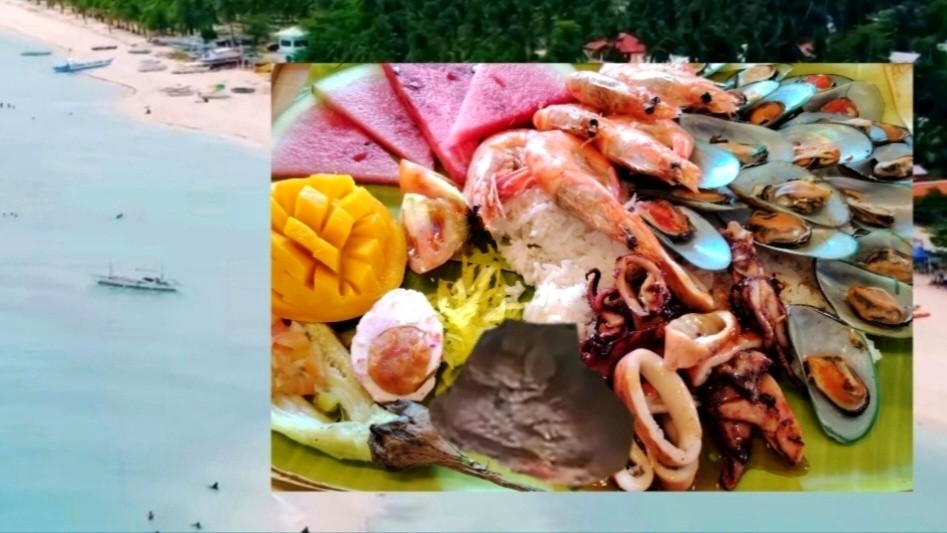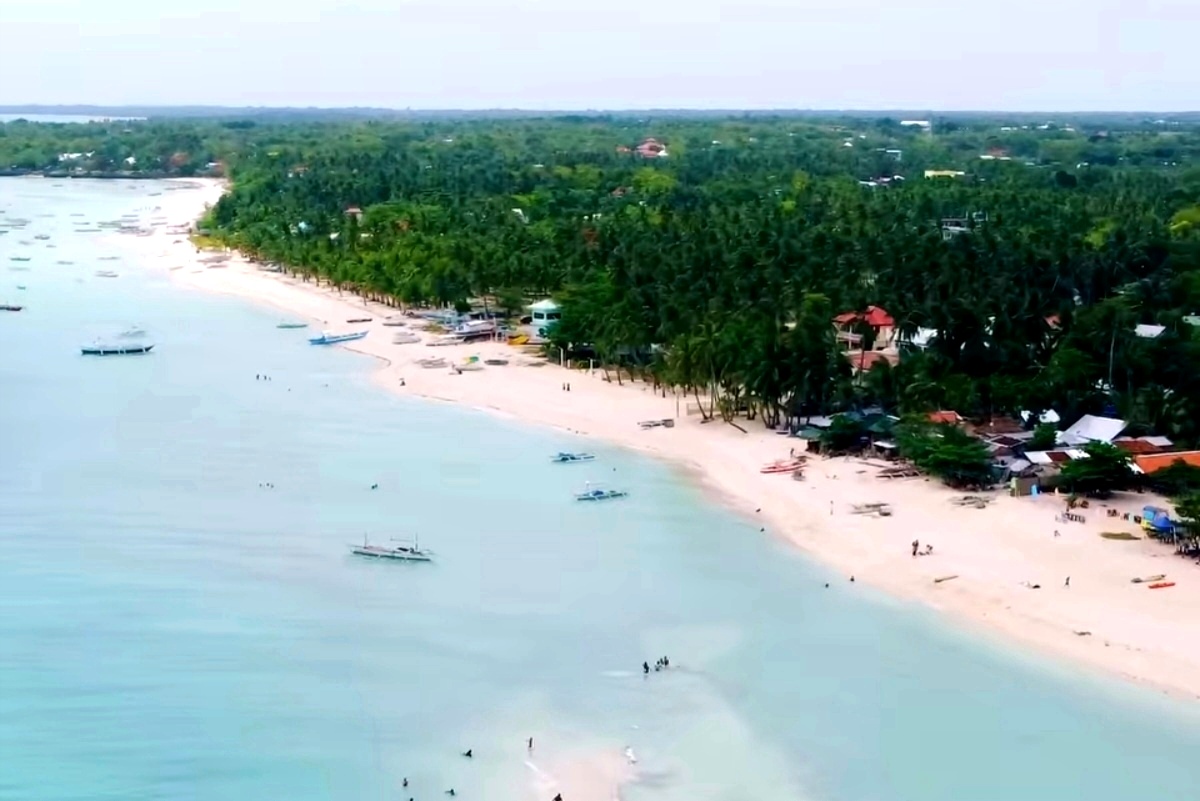Bantayan Island: Where meat is served on Good Friday

In a country where the Lenten season signals fasting and the sizzle of meat falls silent, Bantayan Island in Cebu quietly breaks the rule — a tradition rooted not in rebellion, but in a rare Vatican exemption granted more than two centuries ago.
The origin of this curious custom stretches back to 1824, long before highways and ferries connected Bantayan to the rest of Cebu. The island’s isolation shaped both its diet and its destiny.
Fishing sustained the community, but during Holy Week — when tradition and weather often kept boats ashore — an unexpected dilemma surfaced: what could a fishing village eat when both fishing and meat were forbidden?
The island’s parish priest, Fr. Doroteo Andrada del Rosario III, sought an answer from Rome. His request reached Pope Leo XII, who issued an indulto apostólico — a papal dispensation permitting the faithful of Bantayan to eat meat during Lent, including the holiest days of the Catholic calendar.
The exemption, first granted for 10 years, was later extended until 1853. Whether the exemption was a pastoral response to hardship or a personal favor to the priest remains a lingering question for historians.
Some researchers believe the document may have been addressed solely to Fr. del Rosario, perhaps as recognition for his work supporting the church’s global missions. A third-class copy of the indult still resides at the island’s 16th-century Parroquia de San Pedro Apostol, one of the oldest parishes in the Visayas,
Even as the document’s official validity faded with time, the tradition endured, passed down through generations as both necessity and folklore.
Over the years, this unusual Lenten practice became the seed of a lasting misconception: that Bantayan celebrates its town fiesta during Holy Week. The island’s tables are indeed lively, and its homes fill with family gatherings, but the mood remains reverent rather than festive.
Today, Holy Week on Bantayan Island draws two very different kinds of visitors: the devout and the curious. On Maundy Thursday and Good Friday, centuries-old wooden statues emerge in silent processions, carried by families who’ve preserved them for generations. In the background, the island’s beaches hum with vacationers seeking sun and sand during the long holiday break.
The island’s quiet defiance of Lenten convention continues, no longer bound by Vatican decree, but carried forward as part of the island’s identity — a living memory of a time when faith, hunger, and survival met at the table.



0 Comment